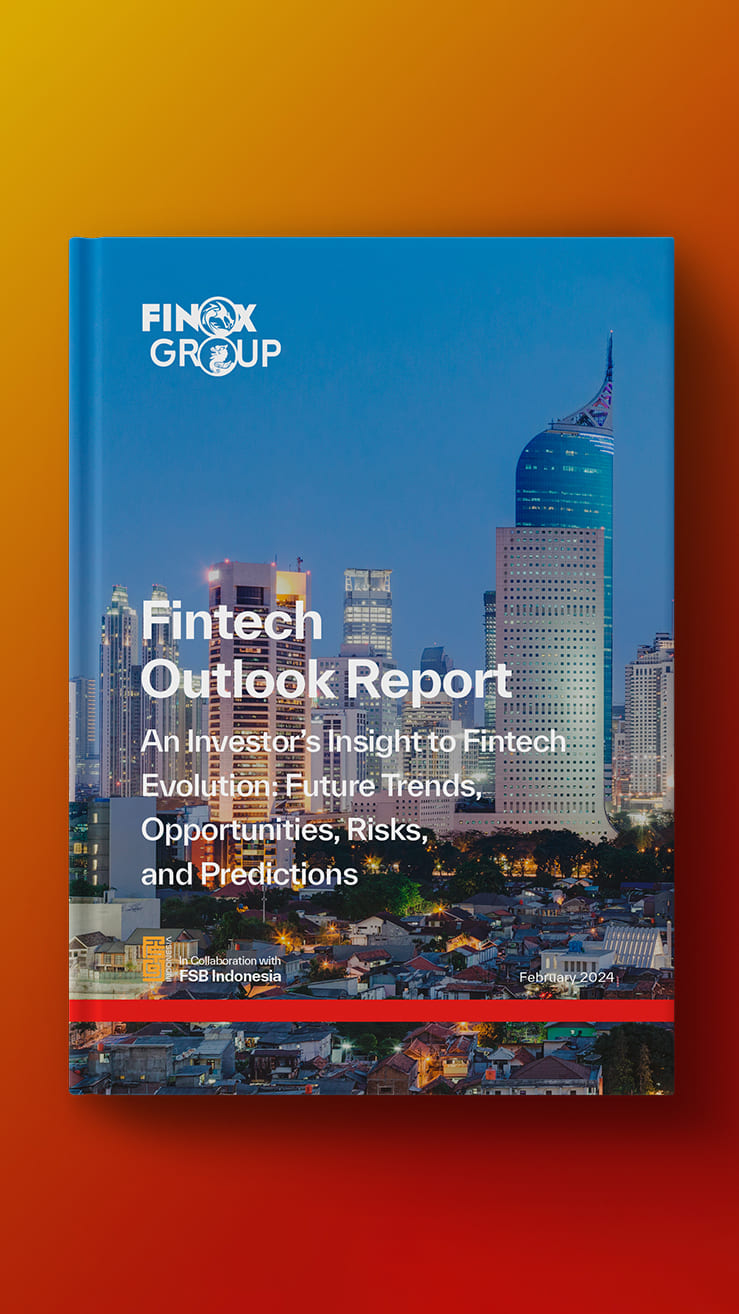
To date, the Asian continent stands as one of the continents with the lowest number of bank account owners. While governments are looking for the various reasons why this remains so, digital finance appears to be the solution to getting more people to own accounts. One of the evident countries showing how much digital finance is helping is Indonesia. Indonesia Fintech has driven the country to be more financially inclusive in a very short time.
A study narrates that the increase in the financial literacy level has affected the financial inclusion rate in the country greatly. In 2016, the percentage of financial literates in the country was 29.66%, but 2019 saw an increase of 38.03%. This converted the financial inclusion rate between 2016 and 2019 from 67.82% to 76.19%. Nowadays, more citizens in the country are more aware of how to handle finance, and the financial inclusion rate continues to grow.
This writing exposes digital finance as a key to increasing financial inclusion in the Asia Pacific.
Importance of Digital Finance
Besides the importance of digital finance to an economy, the most important role that digital finance plays is to promote financial inclusion in an economy. The GDP of the country is not left out as well. Digital Finance can increase the GDP of the country by a large margin. One of the countries enjoying this benefit that digital finance provides is Indonesia.
A 2019 report for Indonesia showed that Fintech increased the country’s GDP by Rp25.97 trillion. Ever since the country adopted digital finance, the GDP has been growing steadily. Other countries are also adopting digital finance to help improve financial inclusion. They include Pakistan, Mongolia, India, the Philippines, etc.
Fintech has really helped to make not just people in Indonesia more engaged with financial matters but the Asia Pacific as well. As a matter of fact, currently, over 650 million people use Fintech daily in the Asian continent. Although, in rural areas there are still many yet to enjoy these services.
Over the years, virtual money has proven quite helpful in helping better the lives of the poor. This is because it serves as a cheaper, faster, and safer transaction means. Women consists of the most affected in the continent, and there is an urgent need for them to join the financially inclusive lot. With the women’s active engagement, it wouldn’t be long before Fintech in Asia moves to the next level.
So far, so good the growth of Fintech in Asia has been quite fast. However, the rapid growth is making it hard for several financial authorities to cope in making policies. Basically, the policies aim to ensure that the consumers are always safe. This is very crucial, especially with the high number of digital finance companies that are emerging every day. It ensures that the financial system remains stable at all times.
How Digital Finance Can Better Serve Asia’s Poor
Regardless of the growth of digital finance in Asia, Fintech hasn’t really shown its relevance to emerging countries on the continent. This is due to demand-side and supply-side factors. Several studies show that many business owners and keepers do not use digital financing because they don’t know how it works. They prefer physical cash transactions in the sense that it’s more transparent.
In other words, fear is the main reason they don’t use digital financing. At the end of the day, no low-income earner would want to lose the little income they get. Another thing slowing down the adoption of Indonesia Fintech and that of several other countries is poor marketing by providers.
With that said, to develop the digital finance potential of Asia, there is a need to increase engagement. Many people in the continent still don’t have bank accounts, and those with one are not entirely active. This is because users don’t use digital accounts for savings, shopping, or general bill payments. Rather the users only go for digital accounts when it’s urgent.
As a matter of fact, not all is aware of what savings really mean, especially, the poor in rural areas. In a way, it’s all because low earners have to rely on income for daily survival. Therefore, it’s up to financial service providers to always justify benefits to this class of people. Also, they need to create more awareness, teachings, and many more details about mobile money to help build trust among low-income earners in the continent.
CONCLUSION
The growth of Digital Finance in Asia has been a gradual one, but it can even be twice faster if low-income earners learn more about the processes involved. Already Indonesia Fintech stands at the forefront of the country with a booming Fintech sector. However, there is still room for improvement. If several countries can adopt a few tips from the Indonesian banking sector, there will be at least a 90% financially inclusive Asia.













